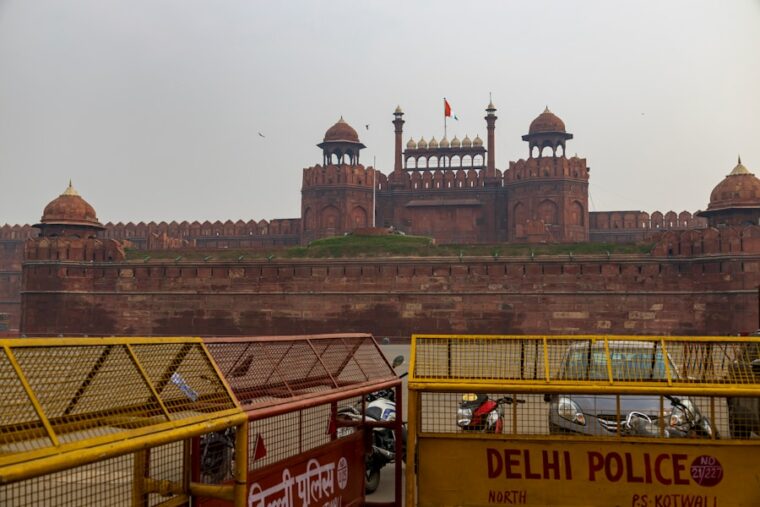San Marino, the fifth smallest country in the world, is a landlocked microstate surrounded by Italy. Despite its small size, San Marino boasts a rich and diverse heritage that dates back to ancient times. The country’s history is steeped in legend and tradition, and its heritage is a source of pride for its people. From its historical landmarks and museums to its traditional cuisine and festivals, San Marino’s heritage is a testament to its enduring cultural identity.
San Marino’s heritage is deeply rooted in its history as one of the oldest republics in the world. Founded in 301 AD, the country has a long and storied past that has shaped its unique cultural identity. The legacy of its founding fathers, Marinus and Leo, is celebrated through various historical landmarks and traditions that have been passed down through generations. The country’s rich heritage is a reflection of its resilience and determination to preserve its unique identity in the face of external influences.
Historical Landmarks and Museums
San Marino is home to a wealth of historical landmarks and museums that offer a glimpse into the country’s rich heritage. The UNESCO World Heritage-listed historic center of San Marino is a treasure trove of architectural wonders, including the iconic Guaita Tower, the oldest of the three towers that overlook the city. The Cesta Tower and the Montale Tower are also must-see landmarks that offer panoramic views of the surrounding countryside.
In addition to its historical landmarks, San Marino is home to several museums that showcase the country’s cultural heritage. The State Museum, located in the Palazzo Pergami Belluzzi, houses a collection of artifacts and artworks that trace the history of San Marino from ancient times to the present day. The Museum of Curiosities, located in the Palazzo Valloni, is a quirky museum that features oddities and curiosities from around the world. Visitors can also explore the Museum of Emigration, which tells the story of San Marino’s diaspora and its impact on the country’s cultural heritage.
Traditional Cuisine and Culinary Delights
San Marino’s culinary heritage is a reflection of its rich history and cultural diversity. The country’s traditional cuisine is a blend of Italian and Mediterranean influences, with an emphasis on fresh, locally sourced ingredients. One of the most iconic dishes in San Marino is piadina, a flatbread that is typically filled with cheese, prosciutto, and other savory ingredients. Other popular dishes include cappelletti, a type of pasta filled with meat or cheese, and nidi di rondine, a baked pasta dish with a creamy bechamel sauce.
In addition to its savory dishes, San Marino is also known for its sweet treats, including bustrengo, a traditional cake made with dried fruits and nuts, and zuppa di ciliegie, a cherry soup that is typically served as a dessert. Visitors can also sample local wines and spirits, such as Sangiovese wine and Nocino, a walnut liqueur that is often enjoyed as a digestif. The country’s culinary delights are a testament to its rich heritage and the importance of food in its cultural identity.
Festivals and Celebrations
San Marino’s calendar is filled with festivals and celebrations that showcase the country’s rich cultural heritage. One of the most important events in San Marino is the Feast of San Marino and the Republic, which takes place on September 3rd to commemorate the country’s founding. The festival features parades, concerts, and fireworks, as well as traditional ceremonies that pay homage to the country’s founding fathers.
Another popular event in San Marino is the Medieval Days, which takes place in July and celebrates the country’s medieval heritage. During the festival, the historic center of San Marino comes alive with reenactments, jousting tournaments, and medieval feasts that transport visitors back in time. The festival also features craft fairs and artisanal markets where visitors can purchase traditional handicrafts and products.
Handicrafts and Artisanal Products
San Marino is known for its traditional handicrafts and artisanal products that are a testament to its rich cultural heritage. One of the most iconic handicrafts in San Marino is ceramics, which has been produced in the country for centuries. Visitors can explore local pottery workshops and purchase handmade ceramics that showcase traditional designs and techniques.
In addition to ceramics, San Marino is also known for its leather goods, including handcrafted belts, bags, and accessories. The country’s leather artisans use traditional techniques to create high-quality products that are sought after by visitors from around the world. Visitors can also explore local markets and shops to purchase handmade jewelry, textiles, and other artisanal products that showcase San Marino’s rich cultural heritage.
Music, Dance, and Performing Arts
San Marino’s cultural heritage is also reflected in its music, dance, and performing arts. The country has a rich tradition of folk music and dance that has been passed down through generations. Visitors can experience traditional performances at local festivals and events, where dancers showcase traditional costumes and choreography that celebrate San Marino’s cultural identity.
In addition to folk music and dance, San Marino also has a thriving performing arts scene that includes theater, opera, and classical music. The Teatro Titano is one of the country’s premier venues for performing arts, hosting a variety of productions throughout the year. Visitors can also attend concerts and recitals at historic venues such as the Basilica di San Marino or the Palazzo Pergami Belluzzi, where they can experience the country’s rich musical heritage.
Cultural Etiquette and Customs
San Marino has a unique set of cultural etiquette and customs that reflect its rich heritage and traditions. Visitors are encouraged to respect local customs and traditions, including dress codes when visiting religious sites or participating in traditional events. It is also important to greet locals with courtesy and respect, using formal titles when appropriate.
In addition to etiquette, San Marino has several customs that are deeply rooted in its cultural heritage. For example, it is customary for visitors to bring small gifts when invited into someone’s home or when attending social gatherings. It is also common for locals to engage in lively conversations and debates about politics, history, and culture, reflecting their passion for their country’s heritage.
In conclusion, San Marino’s rich heritage is a testament to its enduring cultural identity and resilience in the face of external influences. From its historical landmarks and museums to its traditional cuisine and festivals, the country’s heritage is deeply rooted in its history as one of the oldest republics in the world. Visitors can explore the country’s cultural heritage through its handicrafts, music, dance, and performing arts while respecting local customs and etiquette. San Marino’s heritage is a source of pride for its people and a testament to their determination to preserve their unique identity for generations to come.


